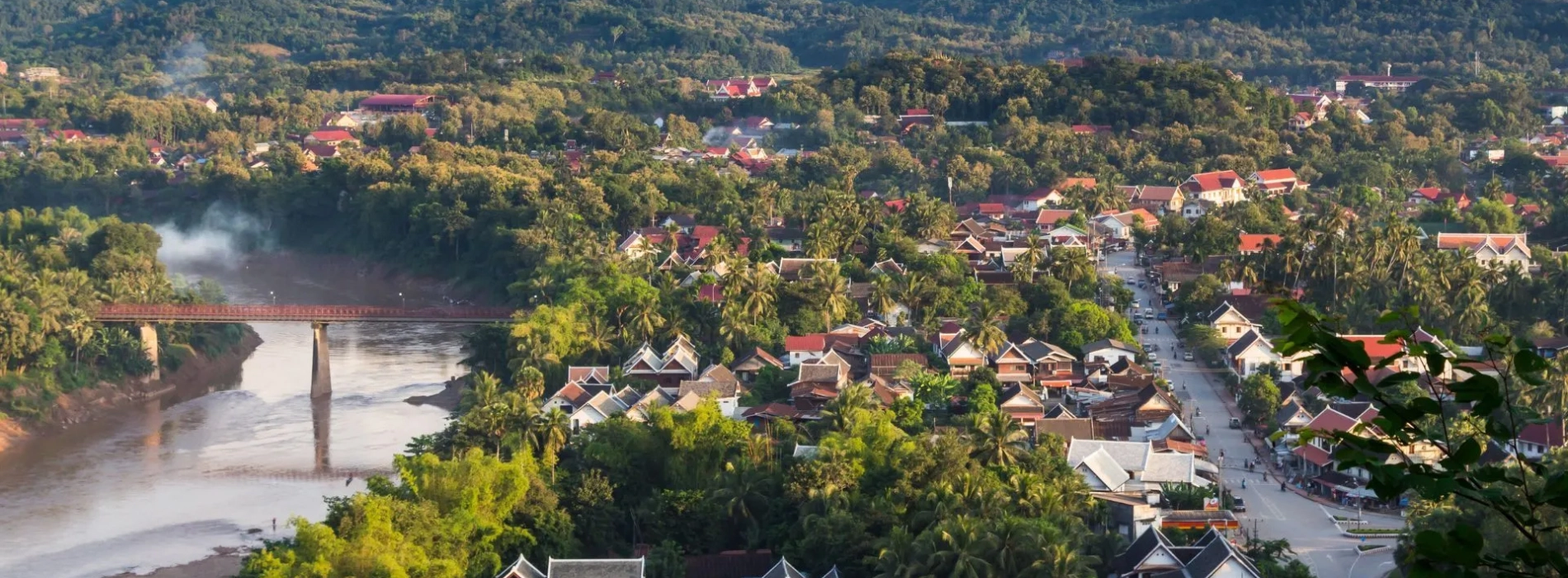
Laos is a hidden gem in Southeast Asia, and is packed with cultural and natural treasures. UNESCO has recognized three sites here as World Heritage Sites, as well as two sites on the tentative list. In this blog, let’s explore these UNESCO World Heritage Sites with Asia King Travel.
The first site on the list is the old town of Luang Prabang, Laos' former capital. Luang Prabang, a UNESCO World Heritage Site since 1995, is widely regarded as Laos' spiritual heart.
Luang Prabang is famous for its numerous historic temples that are dedicated to the Buddhist religion. The town features more than 30 temples, the most notable of which is Wat Xieng Thong, a fine example of Luang Prabang temple architecture.
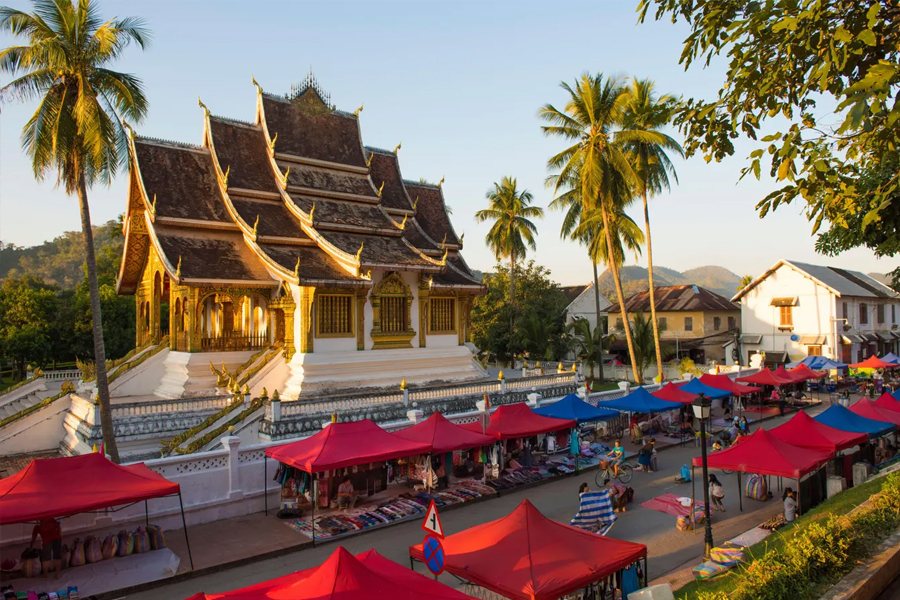
Luang Prabang was recognized as a UNESCO World Heritage Site in 1995 (Cre: Forbes)
A visit to Luang Prabang isn't complete without witnessing the daily alms-giving ceremony at dawn, where hundreds of monks in saffron robes walk through the streets to collect offerings from people. This ceremony highlights the rich culture of Luang Prabang and Laos in general.
In addition to its cultural and architectural appeal, Luang Prabang is surrounded by natural beauty. The beautiful Kuang Si and Tad Sae Falls are located just outside of town. Mount Phousi, a hill in the center of town, provides panoramic views of the surrounding area and is a popular site for watching the sunset.
Our next site will be Wat Phou, an old temple complex hidden in the jungles of Champasak in southern Laos. It is one of the country's oldest archeological sites, dating from the time Laos was still part of the Khmer Empire. It was recognized as a UNESCO World Heritage Site in 2001. This temple complex has beautiful carvings and intricate architecture, demonstrating the Khmer civilization's achievements.
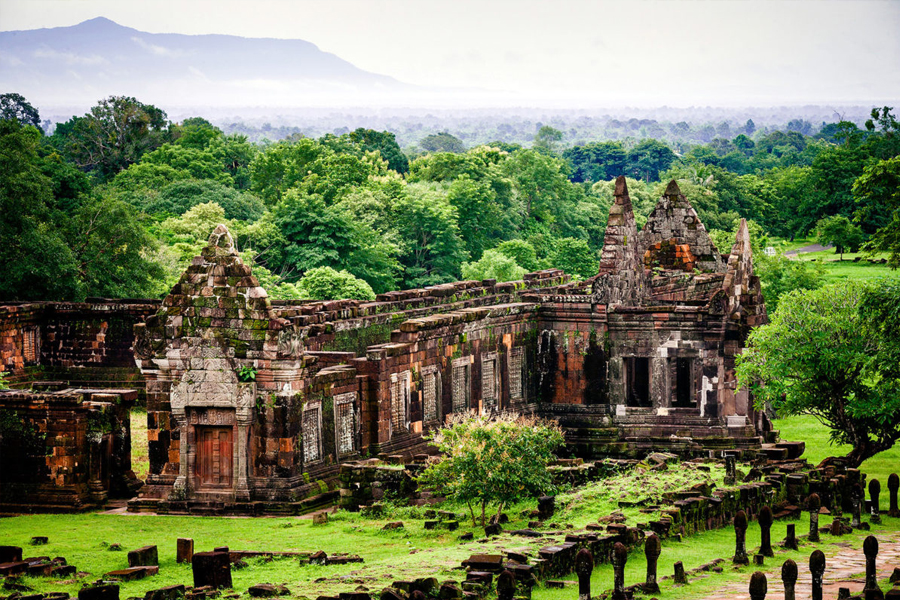
Wat Phou was recognized as a UNESCO World Heritage Site in 2001 (Cre: Reds.vn)
Wat Phou comes to life each year during the Boun Wat Phou festival. This annual event gathers pilgrims and tourists from all across Laos to engage in traditional ceremonies and cultural exhibitions. The festival offers a unique opportunity to learn about Laotian culture.
Our next destination is the Plain of Jars, a fascinating and elusive location in northern Laos. This archeological wonder, designated as a UNESCO World Heritage Site in 2019, is home to hundreds of massive stone jars spread throughout the landscape. The jars, which vary in size and shape, are thought to date back to the Iron Age and were used in ancient funeral rituals.

Plain of Jars was recognized as a UNESCO World Heritage Site in 2019 (Cre: Remote Lands)
The specific function of these jars is unknown, however they are believed to have held human remains and offerings. The Plain of Jars, with its mysterious jars placed against a stunning green backdrop, is an appealing tourist destination.
See more: The “Plain of Jars” in Laos, a mysterious archaeological site
Hin Nam No National Park is not officially on the UNESCO Heritage List, but it was nominated by Laos on the tentative list for UNESCO Heritage consideration. It is a beautiful natural marvel and a crown jewel in the country's landscape. This park in Khammouane, near the Vietnam border, is well-known for its magnificent karst formations, lush woods, and rich wildlife.
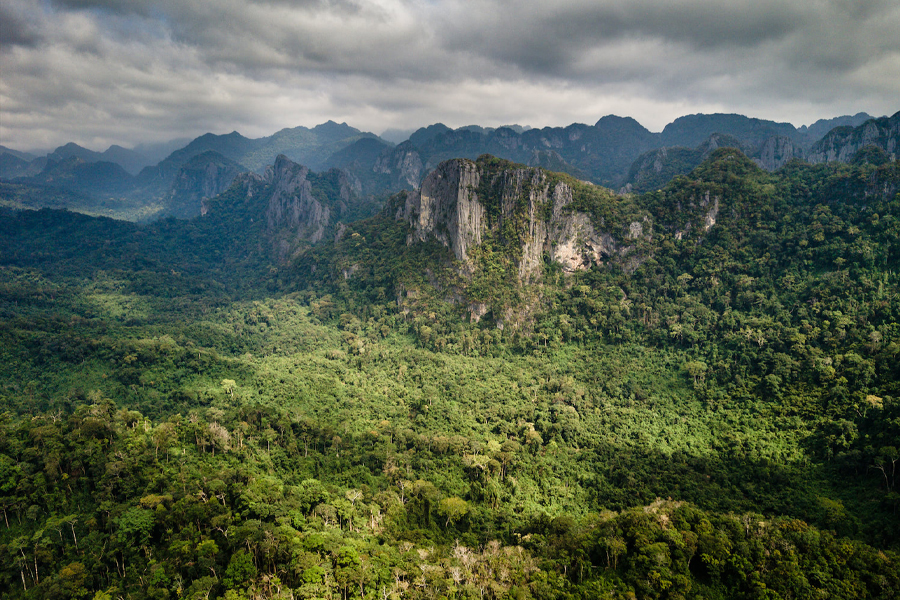
Hin Nam No - on the tentative list for UNESCO World Heritage consideration (Cre: Hin Nam No official website)
Hin Nam No is not just a haven for nature lovers, but also an important conservation area, supporting a diverse diversity of wildlife, including rare species like the endangered saola. The park's unique ecosystems and geological features make it a valuable location for both ecological research and natural beauty.
In addition to its impressive physical landmarks, Laos also has a rich intangible cultural heritage. There are two practices that UNESCO recognizes as culturally significant. These intangible heritages provide a glimpse into the vibrant culture of the Lao people.
Khaen music is played on a traditional bamboo mouth organ of the same name. In 2017, UNESCO designated it as an Intangible Cultural Heritage. This song is firmly rooted in the daily lives and rituals of the Lao people. It is typically performed at village festivals, with the audience often engaged in singing and dancing. With that, Khaen music promotes family and community connections. It is an important part of many cultural and religious events.
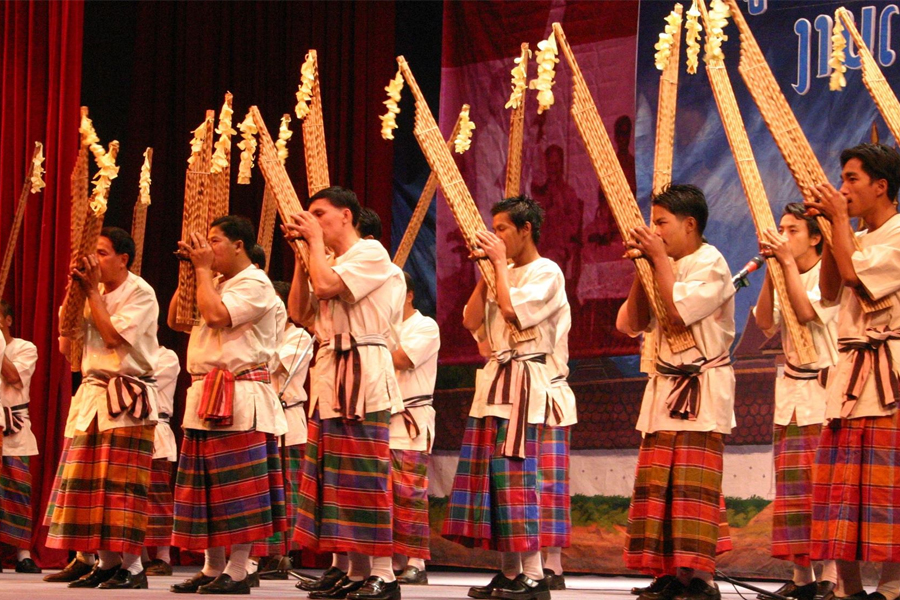
Khaen music was recognized by UNESCO as an Intangible Cultural Heritage in 2017 (Cre: Phnom Penh Post)
The traditional craft of Naga pattern weaving, which was recognized by UNESCO in 2023, is a highly treasured art form among the Lao people. This weaving method combines motifs inspired by the Naga, a mythical snake in Hindu and Buddhist mythology. The Naga is a mythological serpent-like creature that dwells in rivers and is regarded by the Lao as an ancestor who protects them. In honor of the Naga, Lao artisans hand weave the Naga pattern to textiles using traditional wooden looms.

Naga pattern weaving was recognized by UNESCO as an Intangible Cultural Heritage in 2023 (Cre: UNESCO)
This centuries-old craft is passed down through generations. It is even taught at vocational schools, cultural institutions, and universities. The Naga design textiles are used throughout a Lao person's life, such as newborn blankets, daily attire, ceremonial clothing, and wedding gowns. It is believed to provide protection, blessings, and wealth. Many women even sew Naga-themed gowns for their funerals, believing that the powerful image will guide them to heaven.
Above is a list of UNESCO World Heritage Sites in Laos, representing the rich and ancient culture of the land of a million elephants. If you are looking for a tailor-made Laos tour, do not hesitate to contact us for authentic and memorable experiences.
See more: Lamvong Dance: A Laotian Tradition Dance Recognized by UNESCO